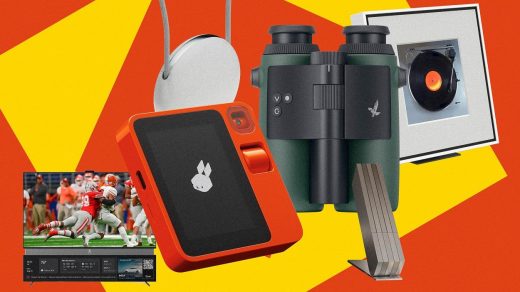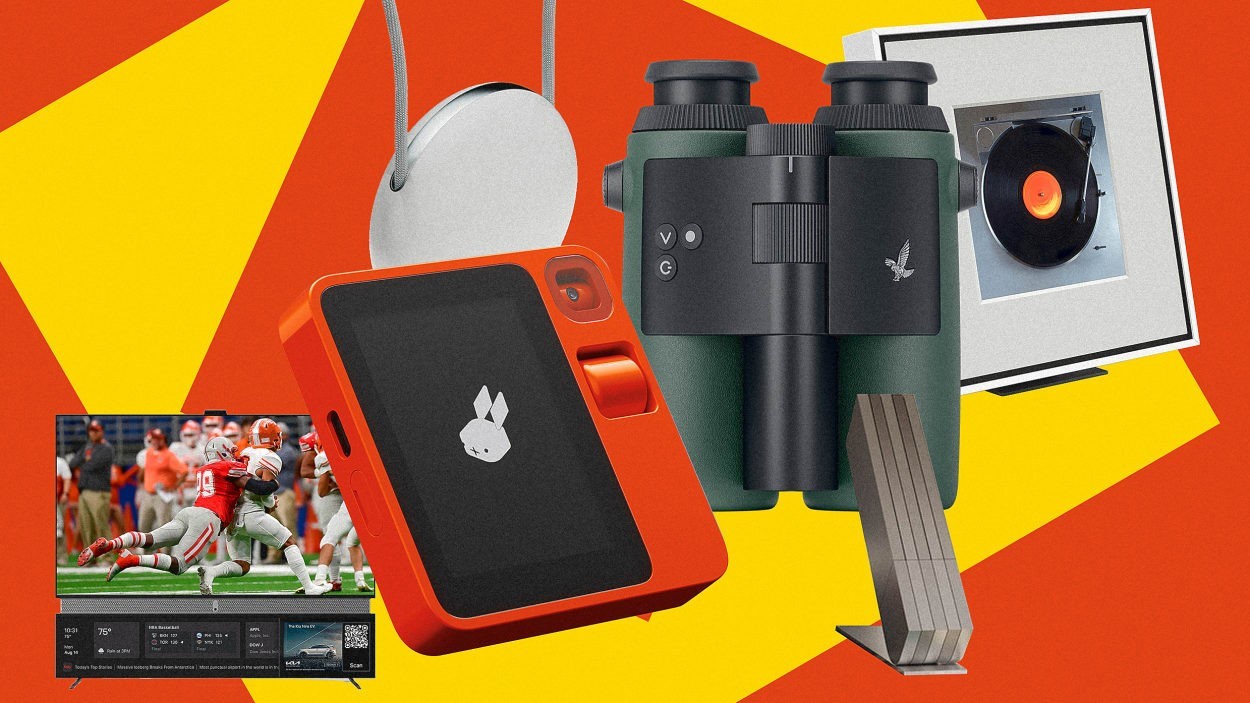The 3 biggest product trends from CES 2024
Trade shows are certainly not an accurate portrait of reality, but the annual Consumer Electronics Show—which is just wrapping up in Las Vegas this week—is one of the best ways to just see a lot of what companies are working on, all at once.
I attended in my favorite way: through the internet, well outside the smoke-filtered haze of windowless casino ballrooms.
Though I’ll admit being sorry to miss U2’s run at the Sphere, the event is easier to parse from afar. And from thousands of product announcements, here are my takeaways.
AI is the new clock radio
Sometime in the ’80s, digital clocks and radios became so ubiquitous that they were baked in to every random device imaginable as a point of distinction. (Like that pen? Imagine if it had a clock inside!) Today, we’re seeing that same idea with the latest wave of generative AI technology, as 2024 kicks off the year that AI is coming for hardware . . . both in grand attempts to replace the iPhone, and simpler ways to update and differentiate a traditional product.
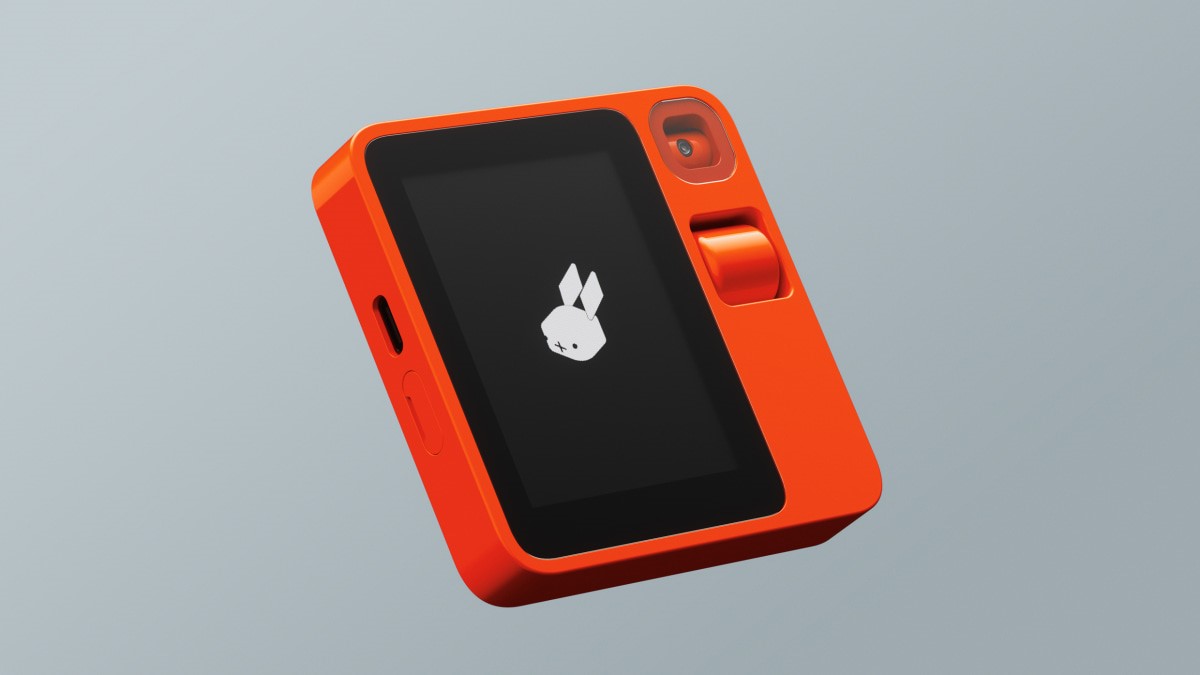
The Rabbit R1, a $200 AI gadget with quirky walkie-talkie-like hardware designed by Teenage Engineering, captured the mindshare this week (and sold 20,000 preorders in two days), and the wearable AI pendant Tab announced fresh funding.
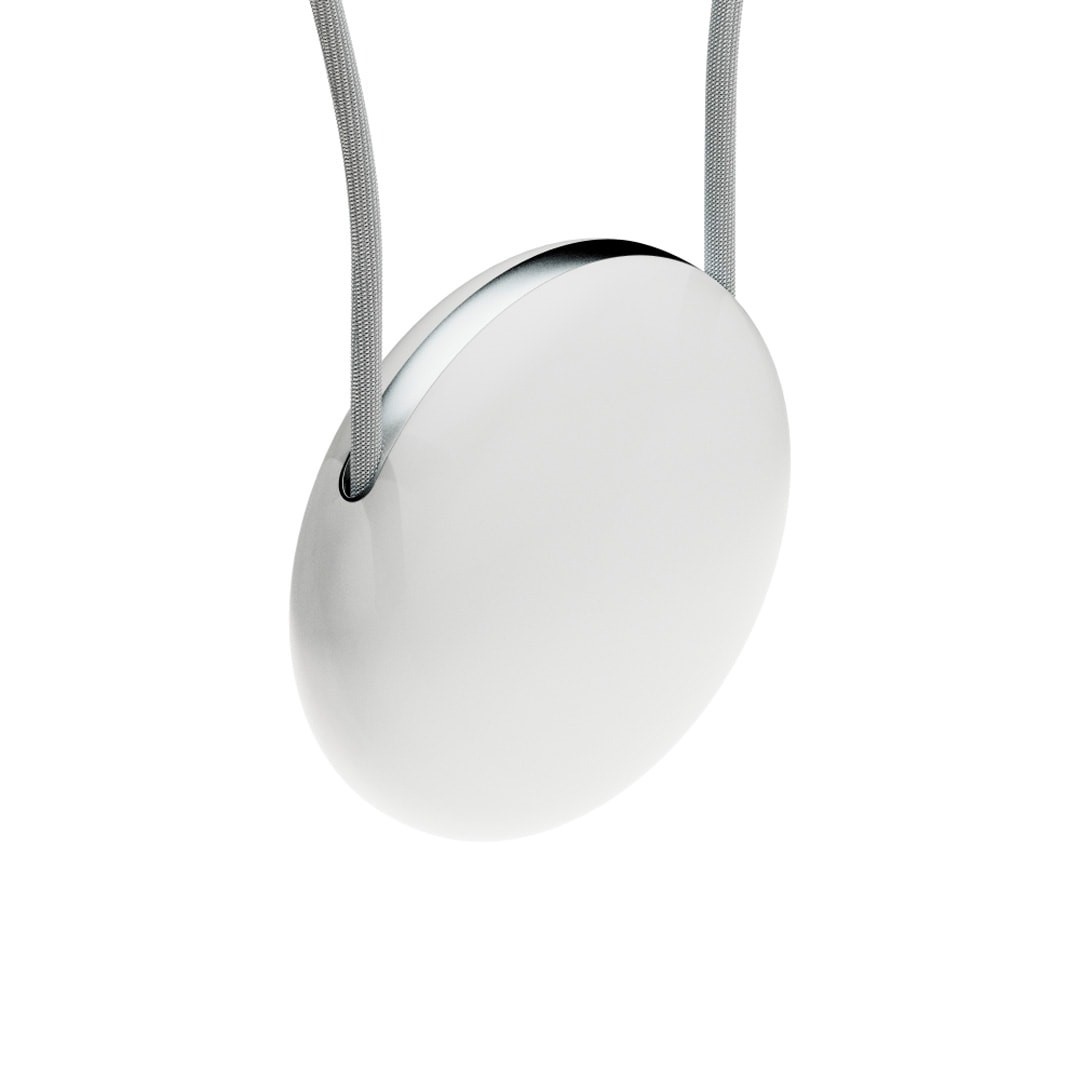
Samsung and LG both revealed zany new AI robots. Samsung debuted the Ballie, which drives around your home, keeping tabs on your pets and even projecting media optimized for the exact positioning of your head. LG showed off its less-fun-named Smart Home AI Agent which welcomes you home at the door, plays music, and act as a security guard. It promises a “zero labor” home, and the robot doesn’t yet have arms.
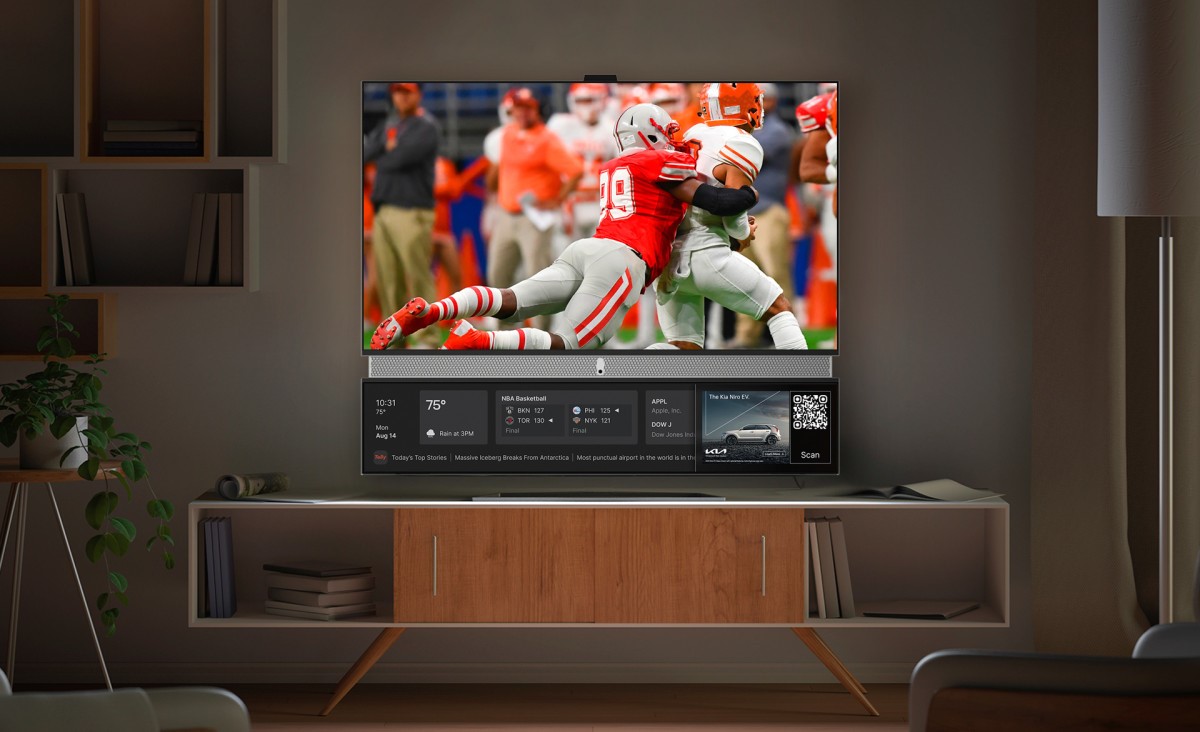
In a comparatively subtle play, Intel announced an AI computer it developed specifically for cars (it will debut in the Chinese EV brand Zeekr). And a TV startup called Telly, which gives out free TVs that have persistent ads on the screen, announced integration with ChatGPT, promising the TV will learn about you and customize its personality over time.
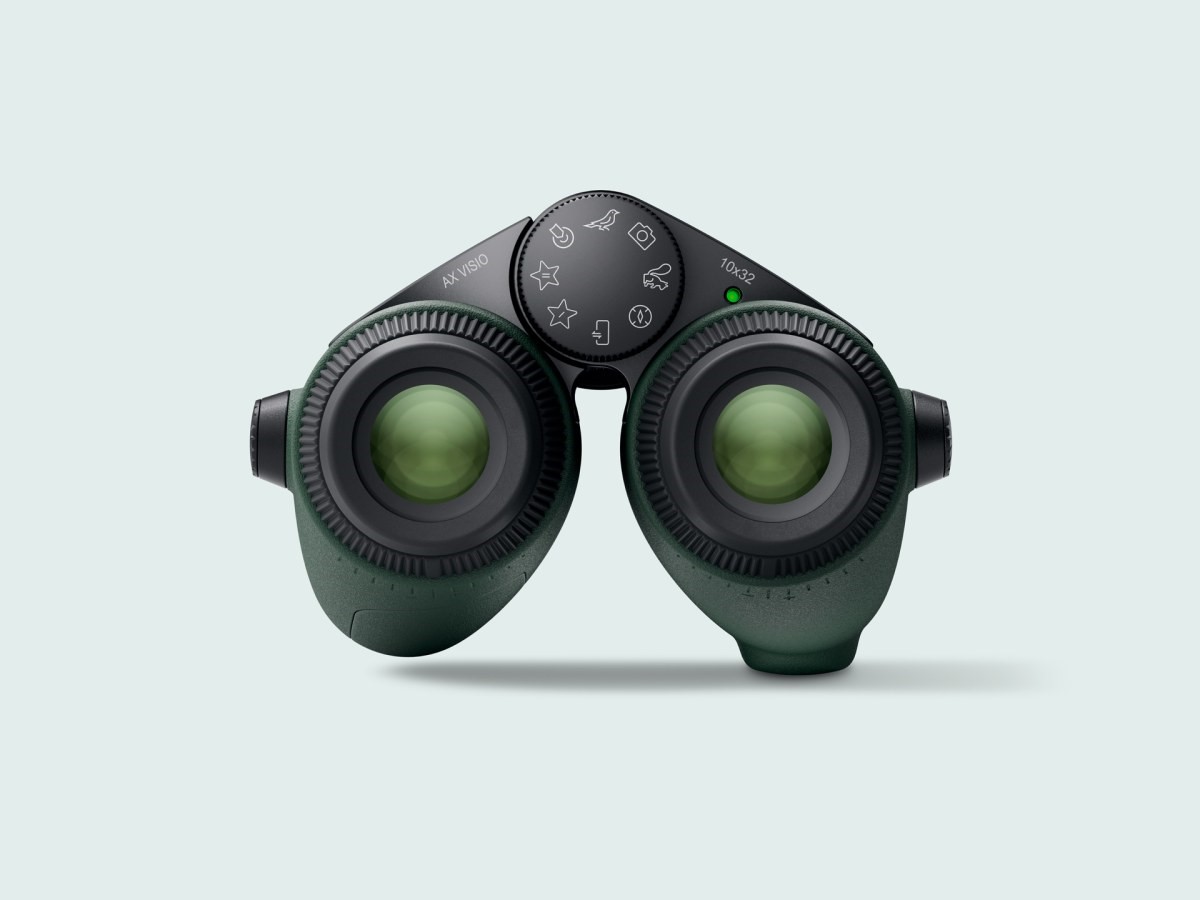
But I think my favorite AI announcement of the week was a pair of $5,889 AX Visio smart binoculars. Built by Swarovski Optik and designed by Marc Newson, onboard AI identifies the animals you see right in your field of view. A birder’s dream machine, you can even pass your binoculars to a friend after spotting an animal, and an arrow will point them in the direction to see it again. Here, AI doesn’t live as an all-capable genie. It simply expands the UX of a traditional product to be a critical step more useful.
Invisible electronics are bigger than ever
About half of the CES floor is dedicated solely to giant TVs, and so every year there’s some strange experiment making these TVs disappear altogether. (Remember the Wall?) But this trend is feeling increasingly more urgent—perhaps as a response to the new ubiquity of working from home, crossed with our ongoing desire for the home to be a sanctuary. Our entire environment shouldn’t feel like the next Zoom meeting waiting to happen.
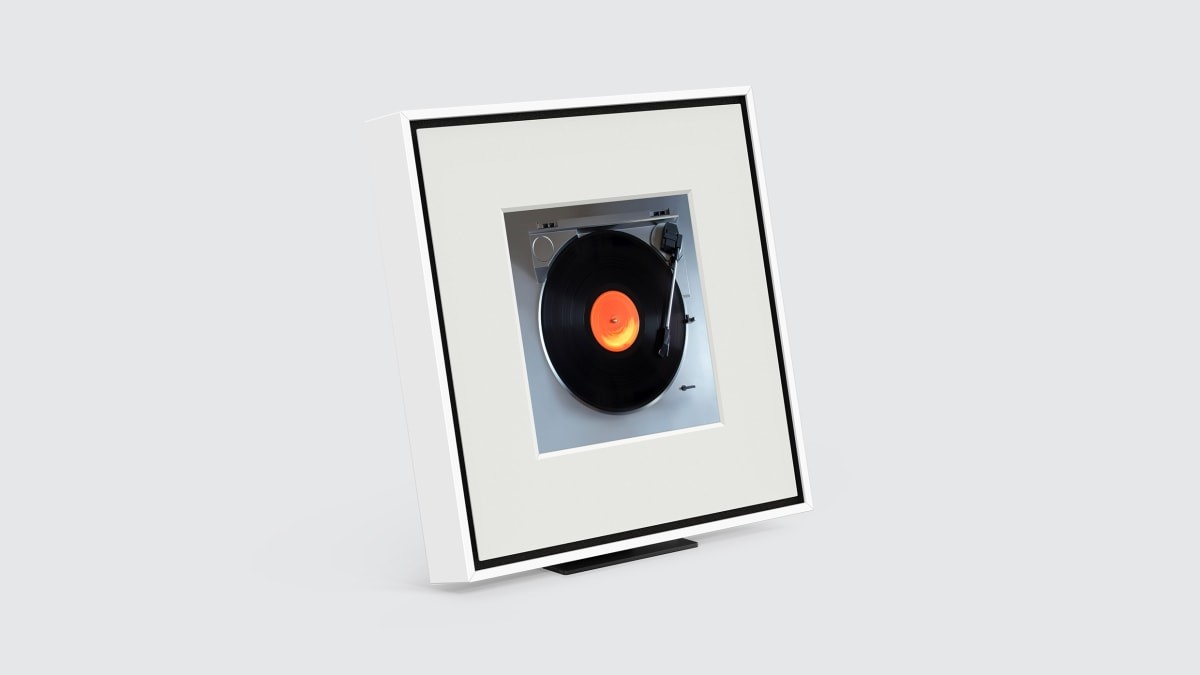
Following the success of its museum-inspired Frame TV, Samsung showed off a very similar speaker that hid audio behind art. It also demonstrated the world’s first micro-LED display hidden within transparent glass. I found myself curious about the implications for architecture, but maybe it’ll just come to market as a TV. LG showed off a similar transparent screen cut to 77 inches for a living room. It looks something like an empty aquarium when turned off.
Others hid screens by folding them up. The C Seed N1 looks something like a sarcophagus that stands up on its own before swallowing you alive and/or unfurling into a 165-inch display. The Asus ZenScreen Fold took a similar approach, but on the go. It’s 17 inches and floats atop your laptop.
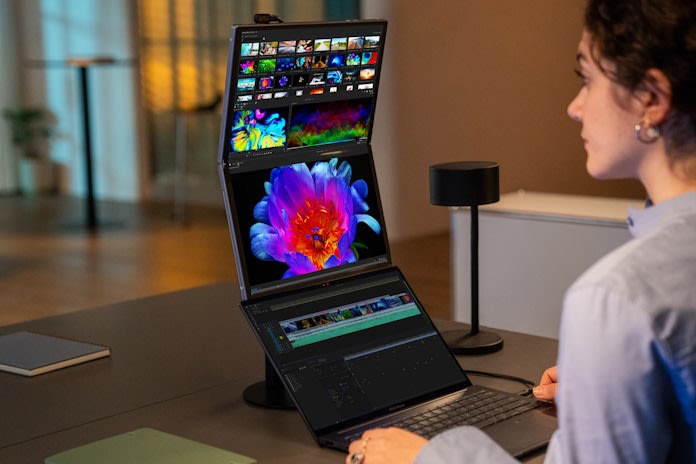
Apple will launch Vision Pro in just a month, and there were plenty of new AR/VR headsets that debuted at CES. But it’s most certain that the industry does not imagine these headsets replacing ambient screens; headsets may just make us that much more intolerant of seeing them in our homes.
Your home is your car; your car is your home
Cars aren’t just for driving anymore. People work, eat, and in a post-Tesla era, even watch movies in their vehicles. The car has become something of a second home, and CES seemed to tease even more convergence between your domestic space (on land) and your domestic space (on the road).
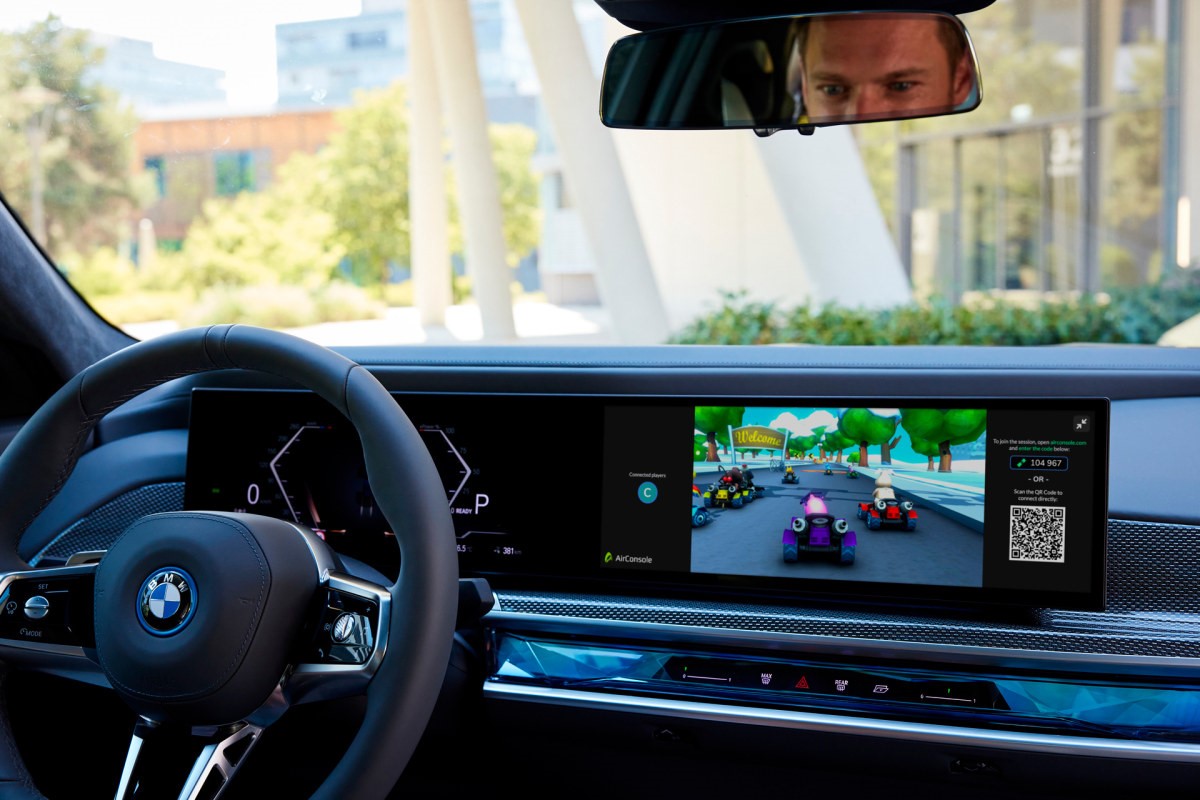
LG showed off its webOS interface for cars—in what it called a “living space on wheels” that lets you shop from your car. BMW eagerly demonstrated playing video games on the dash. All of this infotainment is pretty absurd, yes, but it’s also reminiscent of the living room. You could almost think of the car as a parallel, or perhaps even a bridge, to the somewhat stalled idea of the smart home itself.
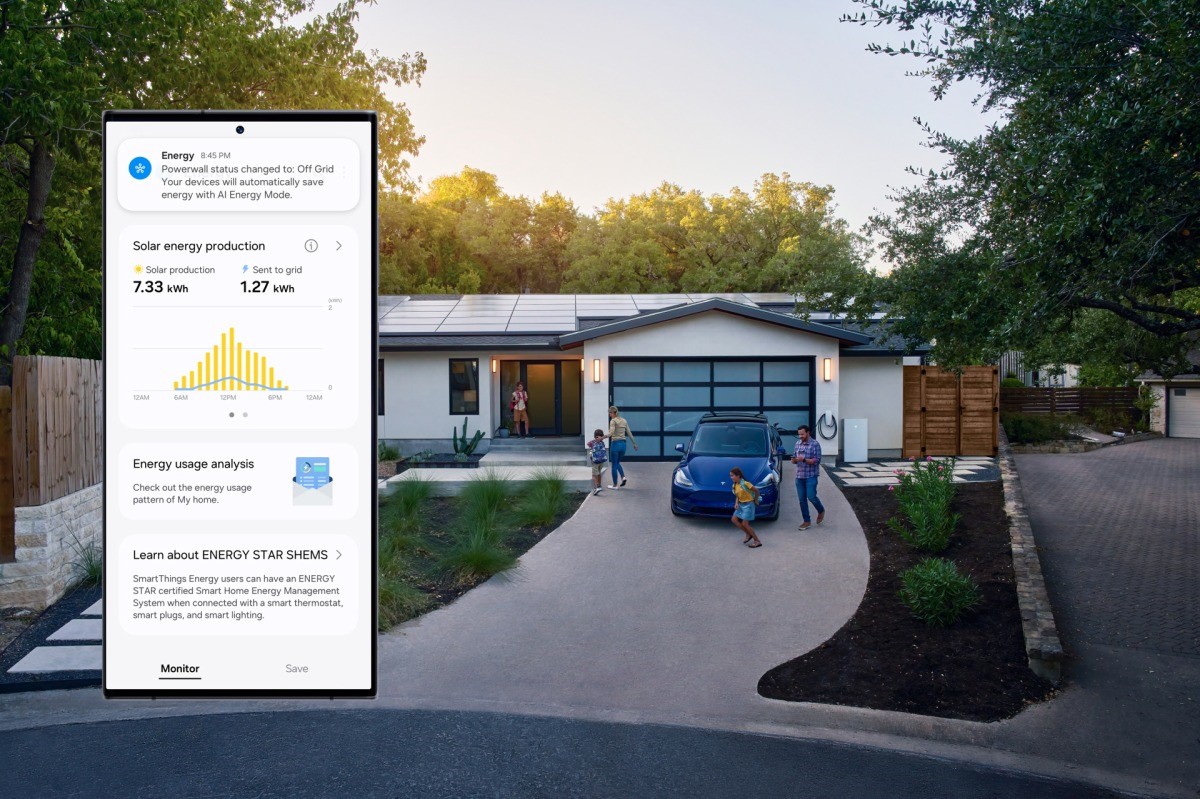
The reason I say that? Some conjecture. But also, both Samsung and LG are both framing the television as the center of the smart home—like a car dashboard for your living room. Samsung actually just signed as Tesla’s first smart home partner, with Samsung’s SmartThings standard now supporting Tesla’s PowerWall battery. While it doesn’t appear to connect to a Tesla car like the Model 3, why couldn’t it in the future?
In any case, the smart home and modern EV are strikingly similar. These are personal, largely private spaces that hold the potential to connect us to AI, entertainment, and information within our ambient environment. And they share challenges like managing power, monitoring safety, and ensuring human comfort along the way. These spaces are at the forefront of something largely forgotten by the electronics industry—non-mobile UX, or experiences that can bleed beyond a tiny screen into a tiny world. If ambient or ubiquitous computing does come to pass, it’s easy to imagine it starting in the controlled environment of a car and spreading to the home (or vice versa). That is, unless we all simply settle for playing racing games on our BMW dashboard.
(41)

